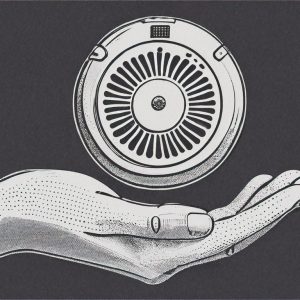Building on the user-experience theme at this week’s Intel Developer Forum in San Francisco, which included presentations from one of the company’s anthropologists, the chipmaker yesterday outlined its Automatic Network Outbreak Containment project, formerly dubbed Circuit Breaker.
The goal is to stop computer worms by enabling a device to intelligently monitor its own network traffic, said Justin Rattner, director of Intel’s corporate technology group, during his IDF keynote yesterday.
Intel is developing silicon technology to compliment security software. A silicon manageability engine would track the integrity of a software agent and analyze a network’s connections per second, said Dylan Larson, who runs Intel’s network security initiative.
If a problem occurs, such as a worm, the computer would automatically be isolated from the rest of the network, to minimize the infection rate. Within just five minutes, a worm can spread to almost 1,000 machines on a network, Rattner said.
The technology is different from existing anti-virus approaches because it is not based on virus signatures. Instead, it is looking at changes in traffic-pattern behavior. Worms and viruses have very distinct packet behavior … that very low-level packet traffic behavior is what is being tracked, Rattner said.
In more than 8,000 hours of tests, the technology detected all known, as well as synthetic worms that Intel created, Rattner said.
And there were no false positives during those trials, he said. If your system was disconnecting on a routine basis because of a virus, that would be no good, he said.
The chipmaker also outlined its vision for computing systems that are aware of a user’s location, based on WiFi.
The technology takes a radar-approach to asset tracking, whereby a packet of data is sent from a machine to a WiFi access point. The time of arrival of that packet back to the machine determines its location.
The accuracy of the system is vastly better than existing GPS technology, Rattner said. GPS may give 15- to 20-meter range accuracy, whereas the WiFi-based technology promises precision down to one meter, Rattner said. Also, GPS may be problematic when used in cities and indoors, unlike WiFi, he said.
The new technology promises to security functions, such as disabling a device once it leaves an approved zone within the WiFi range. Rattner demonstrated a laptop running a DVD that turned off once the machine left the confines of a faux house.
We think there’s a huge range of applications, Rattner said.
The chipmaker plans to demonstrate the fundamental capabilities of the technology to the WiFi standards body. So, hopefully, it would be in all the new access points and we can deliver precision location without too much trouble, Rattner said.
The technology potentially could also work on wireless networks other than WiFi.
There’s probably no fundamental reason why it couldn’t be extended to other radio networks, Rattner said, but our work is principally in WiFi.
Location technology would be built into both the WiFi access point and the hardware of devices, Rattner said.






